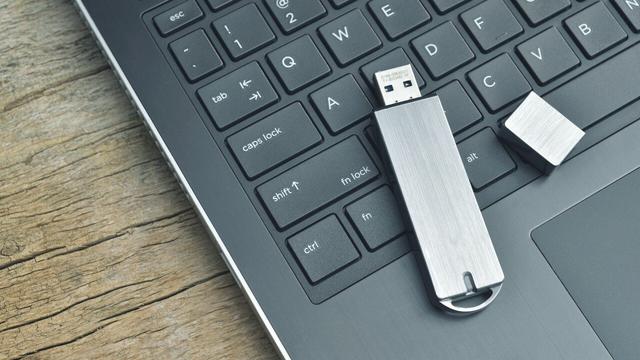Can I run Windows 10 from an external drive attached to my older laptop?
Q: I was reading about your recent article on someone who was receiving Microsoft update alerts for his Windows 7 computer. This led me to ask the following question. Is there a way to upgrade older laptops by attaching a newer SSD hard drive via a USB cable and having your laptop boot from the external hard drive or a USB stick instead of booting from the internal laptop hard drive? Is there a way to rewrite the BIOS to access the external unit? Just wondering if someone could devise a new program to do this. This would enable many users with older PCs and laptops to continue using their equipment. I am very fond of my older systems, like many others who really don’t need a newer or fancier model.
I see a lot of ads for things like a “Fixit Stick” for improving an old laptop or PC performance. Just wondering why someone hasn’t come up with a new program to do what I am asking in my question above.
— Alison W. Sing
A: Actually, Windows already supports running the operating system from an external drive. The drawback? It won’t be quite as fast as running it from your internal drive. And, of course, you’ll still be using an older computer that likely has other bottlenecks to performance — a slower CPU, an underpowered graphics adapter, limited RAM, etc.
But yes, if you don’t want to invest in a new computer, running Windows 10 on an external drive is perfectly feasible.
Read more from Patrick Marshall here >>Q: I do not use my computer much. But I leave it on for hours at a time. Does this make me more vulnerable to skullduggery?
Advertising
— J.R. Nowell
A: If your computer is on and connected to the internet it is vulnerable to hackers. The good news is that hackers — people trying to break into your computer over a network — aren’t likely to target you if they don’t think you have lots of money or valuable information. If you’re running the anti-virus and firewall that comes with Windows, you should be pretty secure.
For most users, the greater risk is inadvertently downloading malware from emails or websites. To protect yourself from that, you’ll want to avoid websites you don’t trust and never click on links or attachments in emails unless you trust the sender. And, of course, you’ll want to make sure your anti-virus/anti-malware program is running and up to date.
More Tech Reviews and Tips »More
Q: A while back, you answered a question about Norton and Malwarebytes playing well together. Can you refresh my memory about why separate solutions are needed for anti-virus and anti-malware?
— James Young
A: It’s just that programs that monitor computer processes for signs of viruses or other malware can themselves be seen as potential malware by each other.
In practice, I’ve found that such conflicts don’t actually occur very often … but they can occur. I have used Malwarebytes with both Windows Defender and Norton Security Suite without any problems. But I wouldn’t run Windows Defender and Norton at the same time.
As for separate solutions for anti-virus and anti-malware, it used to be the case but is no longer. Most of the current internet security programs offer protection against viruses and other types of malware.








